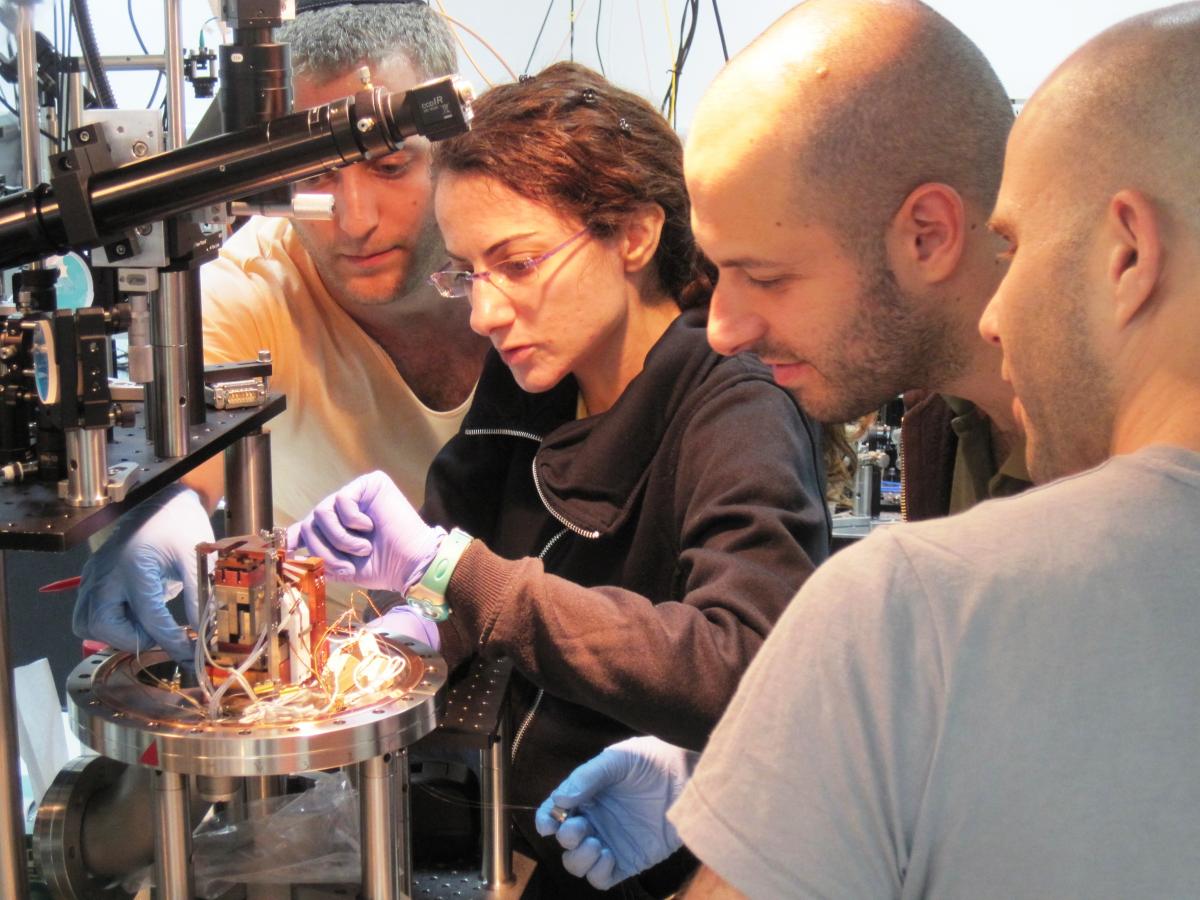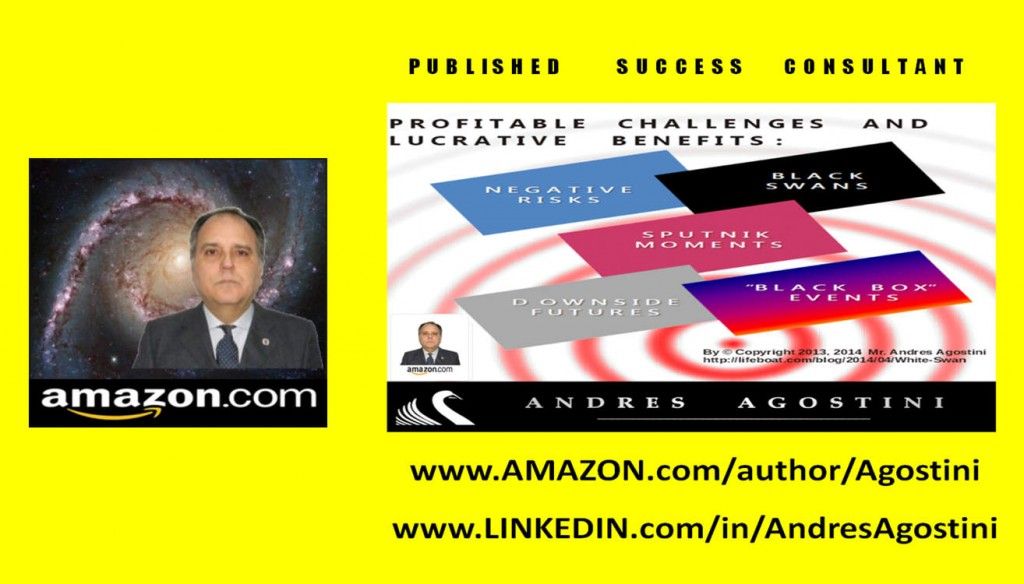Oct 8, 2014
How to enable the Internet of Things without batteries
Posted by Seb in categories: engineering, internet
Kurzweil AI

University of Washington engineers have designed a clever new communication system called Wi-Fi backscatter that uses ambient radio frequency signals as a power source for battery-free devices (such as temperature sensors or wearable technology) and also reuses the existing Wi-Fi infrastructure to provide Internet connectivity for these devices.
“If Internet of Things devices are going to take off, we must provide connectivity to the potentially billions of battery-free devices that will be embedded in everyday objects,” said Shyam Gollakota, a UW assistant professor of computer science and engineering.





 Would you have your brain preserved? Do you believe your brain is the essence of you?
Would you have your brain preserved? Do you believe your brain is the essence of you?










